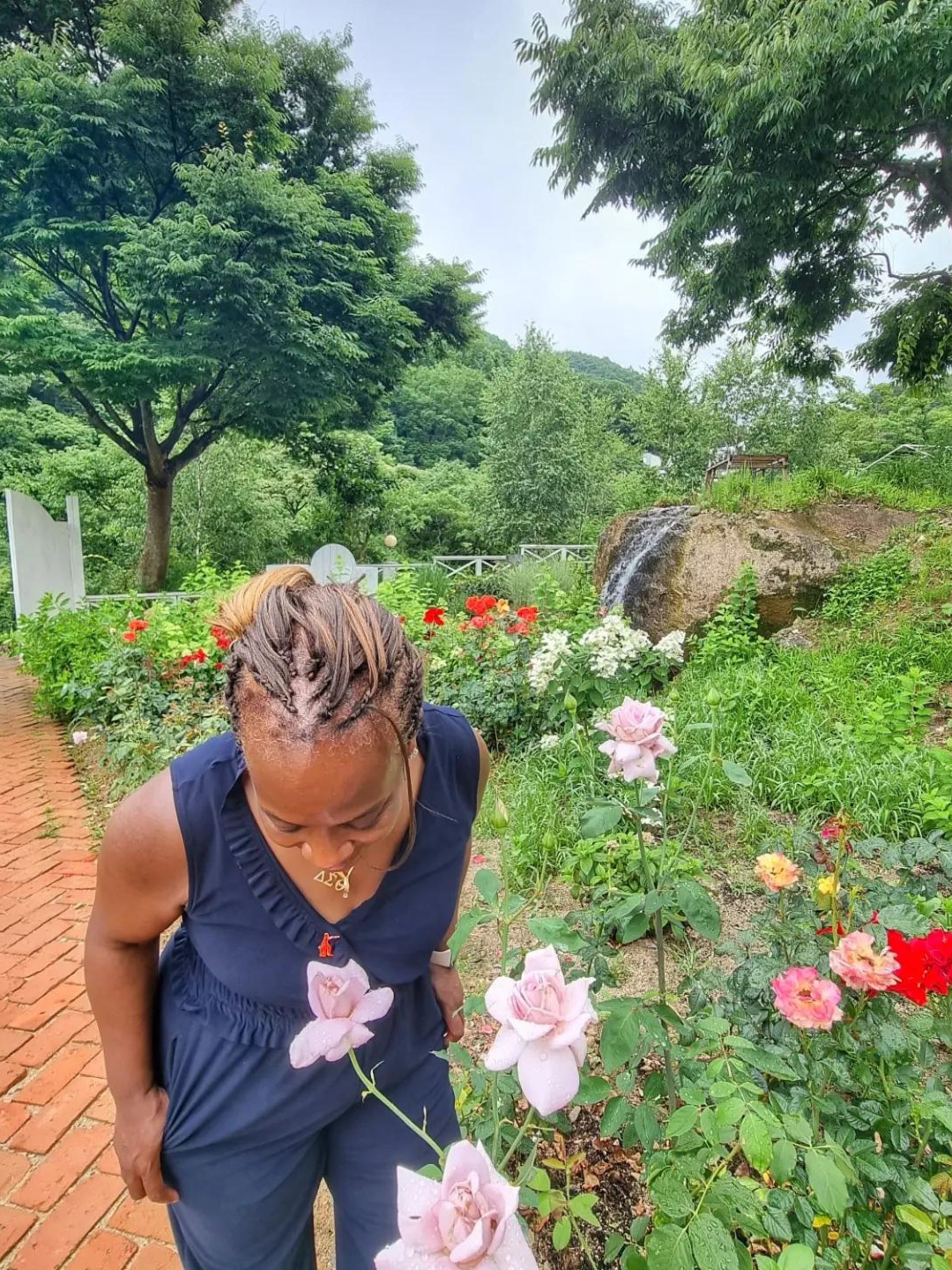|
Getting your Trinity Audio player ready...
|
Flowers are nature’s way of saying, “Hey, I can be pretty, too.” Their vibrant colors, delicate petals, and intricate patterns create a mesmerizing display. These natural beauties beckon photographers of all levels to capture their essence. Whether you’re a seasoned pro with a DSLR or a smartphone snapper capturing moments on the go, these tips will help you showcase the stunning beauty of flowers. From mastering lighting and exposure to choosing the right gear, these guidelines will enhance your floral photography skills. Embrace the opportunity to highlight the charm and elegance of flowers, and let your photos reflect their inherent splendor. Here are a few of my favorite flower photography tips.
Table of Contents
- Flower Photography Tips
- 1. Choose the Right Time of Day
- 2. Use a Macro Lens
- 3. Pay Attention to Composition
- 4. Focus on the Details
- 5. Use a Tripod
- 6. Experiment with Angles
- 7. Adjust Your Depth of Field
- 8. Utilize Background and Bokeh
- 9. Be Patient and Observant
- 10. Post-Processing Tips
- Conclusion






1. Choose the Right Time of Day
Light is to photography what butter is to cooking—essential. I always shoot in the early morning or late afternoon, during the “golden hours.” This soft, diffused light is like nature’s Instagram filter, reducing harsh shadows and making the flowers’ colors pop. Once, while wandering through a garden in Seoul at dawn, I caught the most enchanting light on a bed of tulips.

2. Use a Macro Lens
A macro lens gets you up close and personal with the flower’s details. Think of it like getting to know the chef at your favorite dive bar. I don’t always carry my bulky DSLR, but my smartphone with a clip-on macro lens works wonders. In Kyoto, I used my phone to capture the delicate veins on a cherry blossom, revealing an intricate world that the naked eye misses.
3. Pay Attention to Composition
The rule of thirds is my guide. I imagine my frame divided into nine equal parts and placed the important elements at the intersections. It’s like plating a dish—balance and interest make all the difference. Shooting a sunflower field in Spain, I positioned the blooms along these lines, and the photos practically composed themselves.

SmallRig AP-10 Carbon Fiber Tripod, Lightweight Compact Camera Tripod with Detachable Monopod. The SmallRig AP-10 Carbon Fiber Tripod is a lightweight, compact, and versatile option for photographers. Its detachable monopod and 360° ball head provide flexibility for shooting needs.
4. Focus on the Details
Flowers are full of little secrets. Dew on a petal, a vibrant gradient, or a tiny insect visitor—all these details make them unique. I love getting close-up shots that reveal a hidden world. One morning in a Tuscan garden, I spent an hour photographing the dew on a rose. It was a peaceful moment, capturing nature’s tiny wonders.
5. Use a Tripod
A tripod stabilizes my camera, ensuring sharp images. It’s like having a sous chef who keeps things steady. It is especially handy in low light or with a macro lens. Plus, it frees my hands to tweak my settings or sip on that morning coffee. In Belgium, I used my tripod to capture wildflowers at dusk, resulting in crisp, clear images.

6. Experiment with Angles
I don’t settle for the obvious shot. I get low, shoot from above, or from the side. Different angles give me fresh perspectives. Once, in a South Korean meadow, I lay flat on my stomach to get a unique shot of wildflowers. Sure, I got strange looks, but the photos were worth it.
7. Adjust Your Depth of Field
A shallow depth of field (wide aperture like f/2.8) blurs the background, making the flower stand out. It’s like reducing a sauce to intensify the flavor. This technique draws attention to the flower and minimizes distractions. During a trip to New York’s Botanical Garden, I used this trick to make a single orchid pop against a sea of green.
8. Utilize Background and Bokeh
A clean background helps the flower stand out. I look for contrasting colors or textures that complement the flower. Bokeh, the dreamy blur of out-of-focus areas, adds an artistic touch. It’s like the ambiance in a Parisian bistro—subtle but impactful. Capturing roses in a Madison garden, I used bokeh to create a soft, romantic feel.



9. Be Patient and Observant
I take my time. I observe the flower and its surroundings. Notice how the light shifts and how different elements interact. Patience can lead to the perfect moment. In Tuscany, I waited an hour for the light to hit just right. It was worth every second for that perfect shot.
10. Post-Processing Tips
Editing software like Lightroom or Photoshop can enhance my photos. I adjust brightness, contrast, and saturation to make the colors pop. But I don’t go overboard—subtle tweaks often yield the best results. Think of it as seasoning your food: a little goes a long way. After a shoot in Rock Island, a few simple edits made my floral photos truly sing.
Conclusion
Floral photography is rewarding and calming. It lets me appreciate nature’s beauty. Follow these flower photography tips, and you’ll capture stunning images that showcase flowers’ intricate details and vibrant colors. So grab your camera, head to a garden or park, and start shooting.
Call to Action
Do you also like snapping photos of flowers? I’d love to see your work! Please send me your favorite shot at stacey@duffelbagspouse.com. Let’s swap stories and share our passion for capturing nature’s most photogenic wonders.
Discover more from Duffel Bag Spouse Travels
Subscribe to get the latest posts sent to your email.



Comments (2)